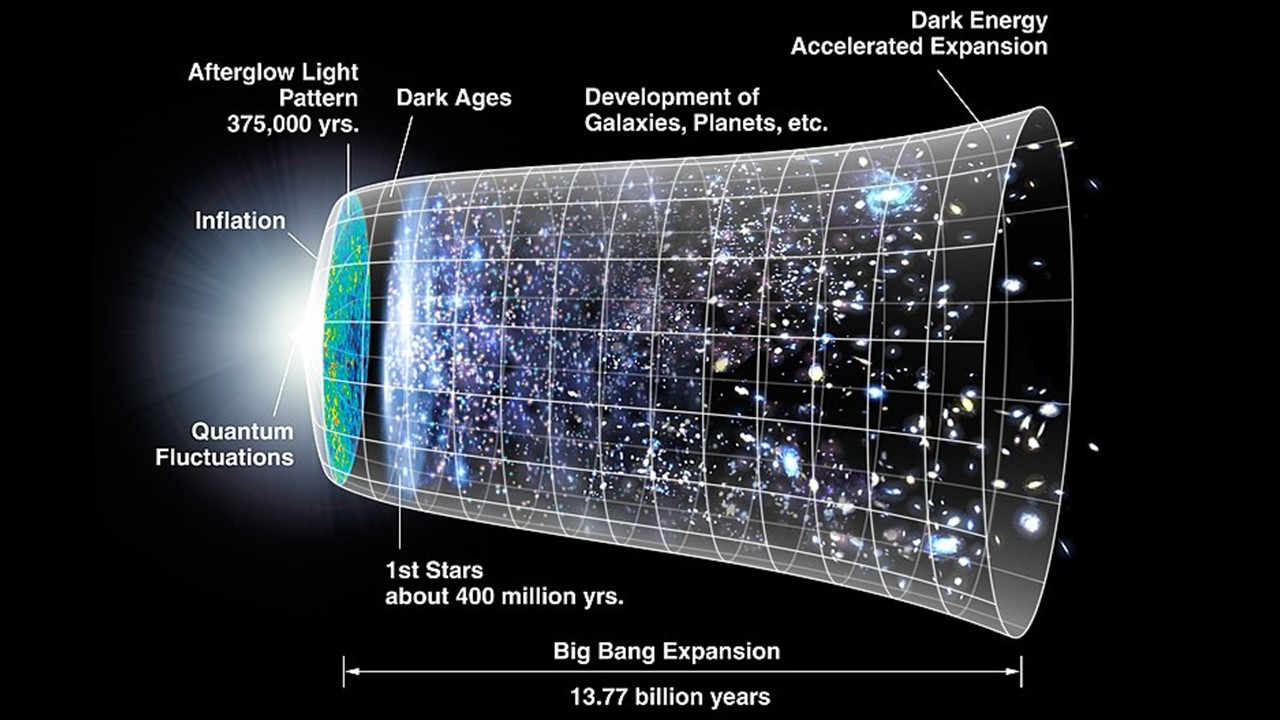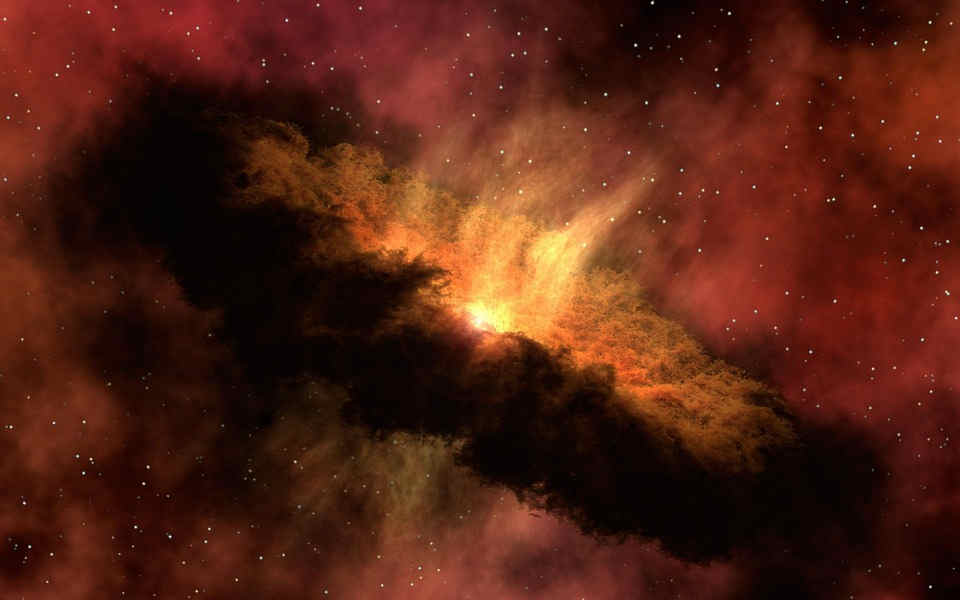
Nobel prize winning American scientist, Richard Feynman, was fascinated by simple things. From rubber band to fire, Feynman was delighted to explain the physics of day to day items in easy and poetic language. Here, Feynman described the life cycle of a tree as an example to illustrate that life comes full circle.
Where does the structure of the tree come from? To find out, we must start at the beginning. It is understood that seed sown in the ground will develop shoot of the plant, as it reaches out for the sunlight. At the same time, a root spreads deep in the soil searching for water.
Capillary action helps bring water up into the roots when the soil has higher concentration of water than the root cells. It is like putting a wick in oil lamp. But capillary action can only pull water up a small distance, when the plant is small.
In a mature tree, liquid water flows into the woody stem and then into green leaves where photosynthesis will occur. How does it work against the effects of gravity? The answer is cohesive forces that help to move water to the furthest leaf.
In the green leaves, some part of the water is used for photosynthesis. The other part, due to heat from sunlight, escapes into the atmosphere as water in gaseous form. In fact, if you wrap a plastic bag around a leaf, you can actually see vapor condense inside the bag.
Since molecules of water in the root and stem stick tightly to one another because of cohesion, the vapors which escape from the leaves, kind of pull the remaining water, as a single unit, upward behind them. This process is called transpiration.
Going back to, where does the structure of the tree come from? Feynman comments: it is generally thought that plants grow out of the ground. However, apart from water and vital nutrients, the ground does not contribute in the building up of the tree.
Mass of the tree is primarily carbon and where does that come from? The atmosphere, but not in pure form, it comes as carbon dioxide. (In its lifetime, a tree soaks up tons of carbon dioxide from the air, which is why it is advised to plant more trees).
The absorbed carbon dioxide is reduced to pure carbon when acted upon by the sunlight. Trees utilize these carbon molecules to construct their body tissues, for example in the stem. The useless oxygen molecules, on the other hand, are spit back into the air.
Thus, a combination of water, air and light as they come from the ground, atmosphere and sun respectively, mediate the flowering and growth of the tree.

There is a beautiful end to the story. The tree is used as a fuel for combustion. When pieces of wood are rubbed, for example, heat is built up by friction and that leads to reunification of carbon molecules in the tree with oxygen molecules in the air, generating a "tremendous catastrophe" as Feynman puts it, fire.
If you think about it, this light and heat of the fire is the light and heat of the sun, that went in! Feynman says: it is kind of a "stored sun", that is coming out when you burn a log. Isn't it wonderful how nature manages to come back in a full circle?














 Physics, astronomy and science history blog for students
Physics, astronomy and science history blog for students